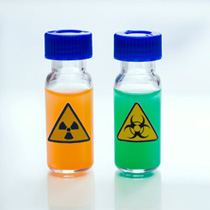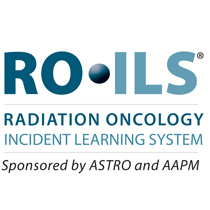
How to Become a Licensee or an Authorized User for Radiopharmaceuticals
Posted: April 26, 2022Is your practice interested in becoming licensed to use radiopharmaceuticals? Or, are you interested in becoming an authorized user to administer radiopharmaceuticals? With new radiopharmaceuticals gaining approval from the U.S Food and Drug Administration and more in the pipeline, now is a good time to understand some practical steps to take.

Breaking the Cycle of Stigmatizing Parental Leave
Posted: April 20, 2022Our first child was born in the summer of 2018. It had been an arduous road to get to that point, but we were ecstatic at the arrival of this tiny little girl who came screaming into the world. My husband Eric, a professor of physics, was amidst his summer semester and covertly disappeared into our rainy bubble of chaos, laughter, tears and precious few hours of sleep. I soon became convinced that parenthood was a conspiracy — how had I not realized how difficult this would be?

2021 Safety Error Reporting Trends. Noise or Cause for Concern?
Posted: April 12, 2022RO-ILS: Radiation Oncology Incident Learning System® releases regular reports and education to the radiation oncology community based on safety events and errors submitted by participating U.S. practices.


